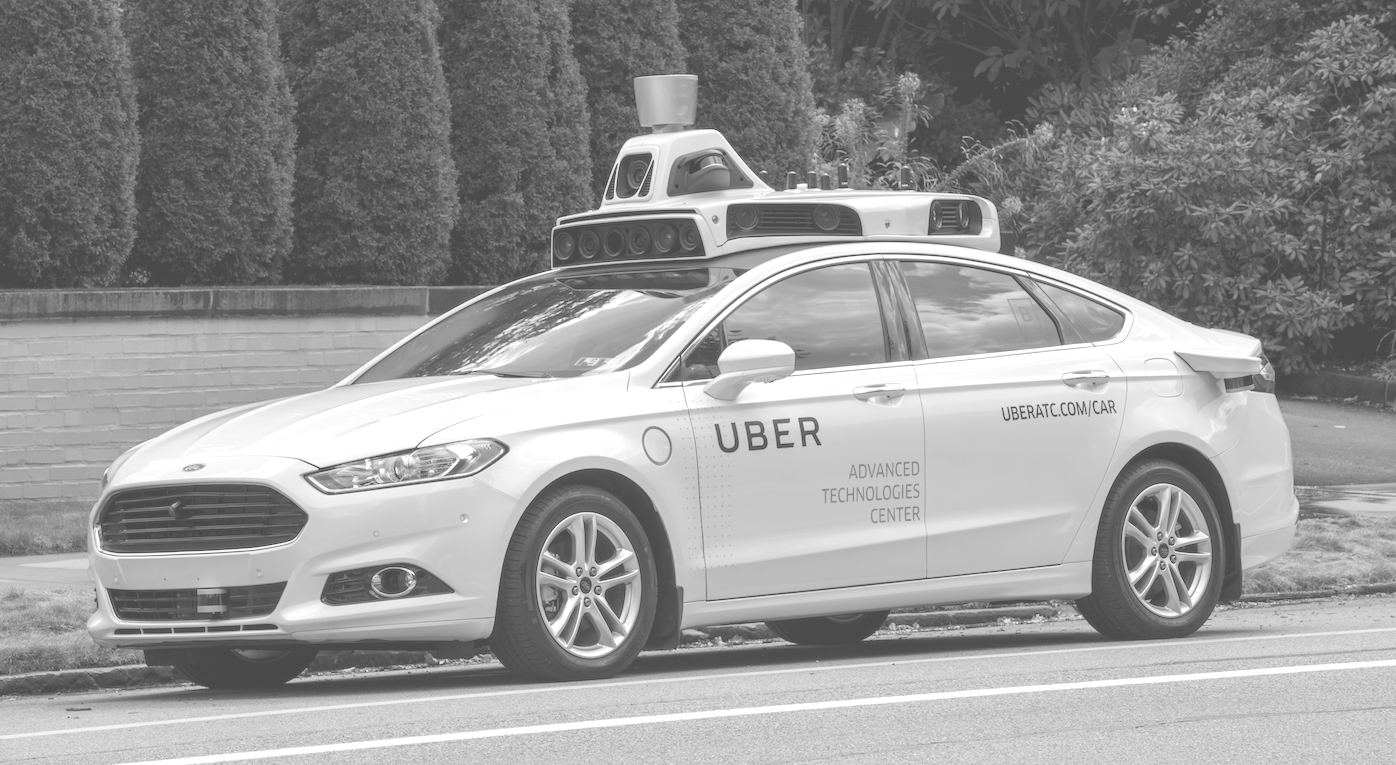Beginning earlier this month, some Uber customers in Pittsburgh have been treated to a preview of what many expect to be the future of ridesharing. Fourteen self-driving Ford Fusions began ferrying riders within a 12-square-mile section of the city’s downtown.
During what is being characterized as an indefinite test period, the cars aren’t truly driverless. In fact, there are two Uber employees in each car, one to assume manual control when required, another to observe and take notes. But it is a major step toward a truly driverless taxi service. (The term “rideshare” begins to seem inappropriate here, as the high-tech driverless vehicles would presumably be owned by Uber, rather than your next-door neighbor or the kid down the block.)
Here’s a sampling of comments and observations from journalists who were among the first to test-ride the semi-driverless cars:
The ride feels pretty much like a ride in any other car — with an extremely cautious driver. We go maybe one or two miles an hour over the speed limit. Turns in particular feel painfully slow… Uber is like the Wright brothers testing the world’s first airplane on the coast of North Carolina. Pretty cool. But not terribly practical yet. (NPR)
As the car navigates four-way stops and traffic light-controlled intersections, the ride is mostly smooth, with scattered moments of aggressive acceleration or braking. The engineer at the wheel takes over control every few minutes. Once, he’s not happy with how long the car is waiting before slowing for a pedestrian. Another time, he manually steers around a double parked truck, knowing the system will just stop and wait for it to move. (Wired)
Indeed, my time as a passenger in the self-driving Uber as it drove around downtown Pittsburgh was blessedly uneventful… I never once felt like the car made any unsafe maneuvers. It obeyed the speed limit, left plenty of space between it and the car in front of it, took turns slowly and smoothly and generally behaved like an excellent citizen in vehicular society… All told, it was a pretty boring ride — aside from the fact that a freaking computer was driving me around downtown Pittsburgh. (Engadget)
Overall, riding in Uber’s self-driving car was equal parts thrilling and mundane. I was surprised by the level of skill with which the car drove itself, but also by how many times it dropped out of autonomous mode unexpectedly… There were a few hair-raising moments, like when an oncoming tractor-trailer suddenly swerved into my lane of traffic, or when a woman in a blue-and-white striped shirt dashed out into the street in front of me. These were the kind of routine-yet-unpredictable situations drivers encounter every day, but this time it was a computer making the split-second decisions. (The Verge)
During a ride of about one hour, Reuters observed the Uber car safely – and for the most part smoothly – stop at red lights and accelerate at green lights, travel over a bridge, move around a mail truck and slow for a driver opening a car door on a busy street. All without a person touching the controls. But the Uber driver and the engineer in the front two seats did intervene every few miles. (Reuters)
During a demonstration ride for The Wall Street Journal, our robo-taxi obeyed speed limits, stayed in its lane and never shot through yellow lights. It struggled with some obstacles and once jarringly hit the brakes. (The Wall Street Journal)
Uber and other advocates of a driverless future make a compelling case for the technology’s capacity to improve safety and congestion, among other social benefits. Noting that 90 percent of the 1 million annual traffic fatalities are due to human error, company CEO Travis Kalanick promises “This is a tragedy that self-driving technology can help solve.”
Based on early results of Uber’s Pittsburgh experiment, it won’t be long before those rosy claims are put to the test.
Reader Reality Check
Are you ready for driverless rides?
After 20 years working in the travel industry, and almost that long writing about it, Tim Winship knows a thing or two about travel. Follow him on Twitter @twinship.
This article first appeared on SmarterTravel.com, where Tim is Editor-at-Large.


Leave a Reply